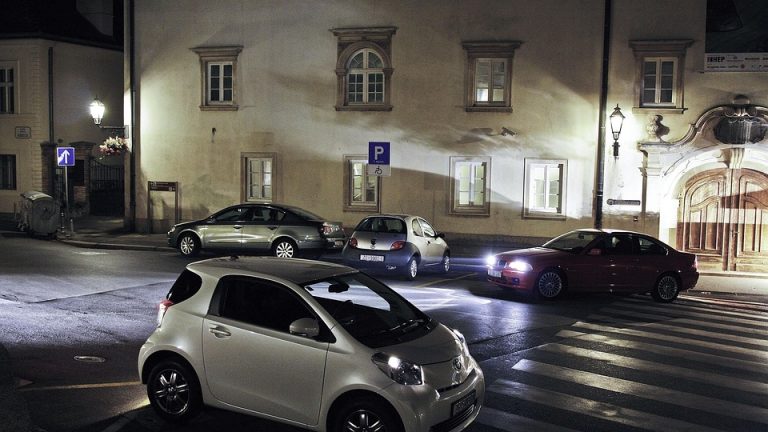Unlocking Brain Potential: The Science Behind Mental Ability
Thu, 20 Nov 2025

Follow the stories of academics and their research expeditions

The 2023 World Cup has come to a close, and the world is still reeling from the excitement and drama of the tournament. As the dust settles, one name stands out as a beacon of excellence: the coach of the winning team. But which coach deserves the accolades? In this article, we’ll delve into the strategies, tactics, and leadership that led their team to victory.
Tactical Masterclass: Coach X’s Counter-Attacking Approach
Coach X, the tactician behind the winning team, implemented a counter-attacking strategy that caught opponents off guard. By parking the bus and defending deep, Coach X’s team neutralized the opposition’s attacks and waited for the perfect moment to strike. This approach allowed them to conserve energy, create scoring opportunities, and catch opponents on the break. The team’s midfield trio, marshaled by the experienced and dominant midfielder, expertly controlled the tempo of the game, feeding the strikers with precision passes.
The Midfield General: Coach Y’s Midfield Maestro
Coach Y, on the other hand, focused on building a strong midfield foundation. By deploying a dynamic trio of midfielders, Coach Y created a midfield general who dictated the pace of the game. This midfield maestro controlled the flow of play, distributing the ball with precision and creating scoring opportunities through his vision and passing range. The team’s midfielders were also instructed to press high and win the ball back quickly, preventing opponents from building attacks. This approach allowed Coach Y’s team to dominate possession and create scoring chances from midfield.
The High-Pressing Heralds: Coach Z’s Pressing Game
Coach Z, the youngest coach in the tournament, adopted a high-pressing strategy that overwhelmed opponents. By instructing his team to press high and win the ball back quickly, Coach Z’s team suffocated opponents and created scoring opportunities through turnovers. The team’s forwards were also instructed to make runs behind the opposition’s defense, creating 2-on-1 and 3-on-2 situations that led to goal-scoring opportunities. Coach Z’s high-pressing game also allowed his team to dominate possession and control the tempo of the game.
The Tactical Chameleon: Coach A’s Adaptable Approach
Coach A, a veteran of international football, demonstrated exceptional adaptability throughout the tournament. By recognizing the strengths and weaknesses of each opponent, Coach A adjusted his team’s strategy to counter their opponents’ tactics. This adaptability allowed Coach A’s team to stay one step ahead of their opponents, always finding ways to create scoring opportunities and nullify opposition attacks.
Conclusion
The 2023 World Cup has shown us that there is no one-size-fits-all approach to coaching. Each coach has their unique philosophy, strengths, and weaknesses. The winning coaches demonstrated exceptional tactical acumen, leadership, and adaptability, guiding their teams to success. As we look back on the tournament, we are reminded that the art of coaching is a complex and multifaceted one, requiring a deep understanding of the game, its players, and its opponents.
Thu, 20 Nov 2025

Thu, 20 Nov 2025

Leave a comment